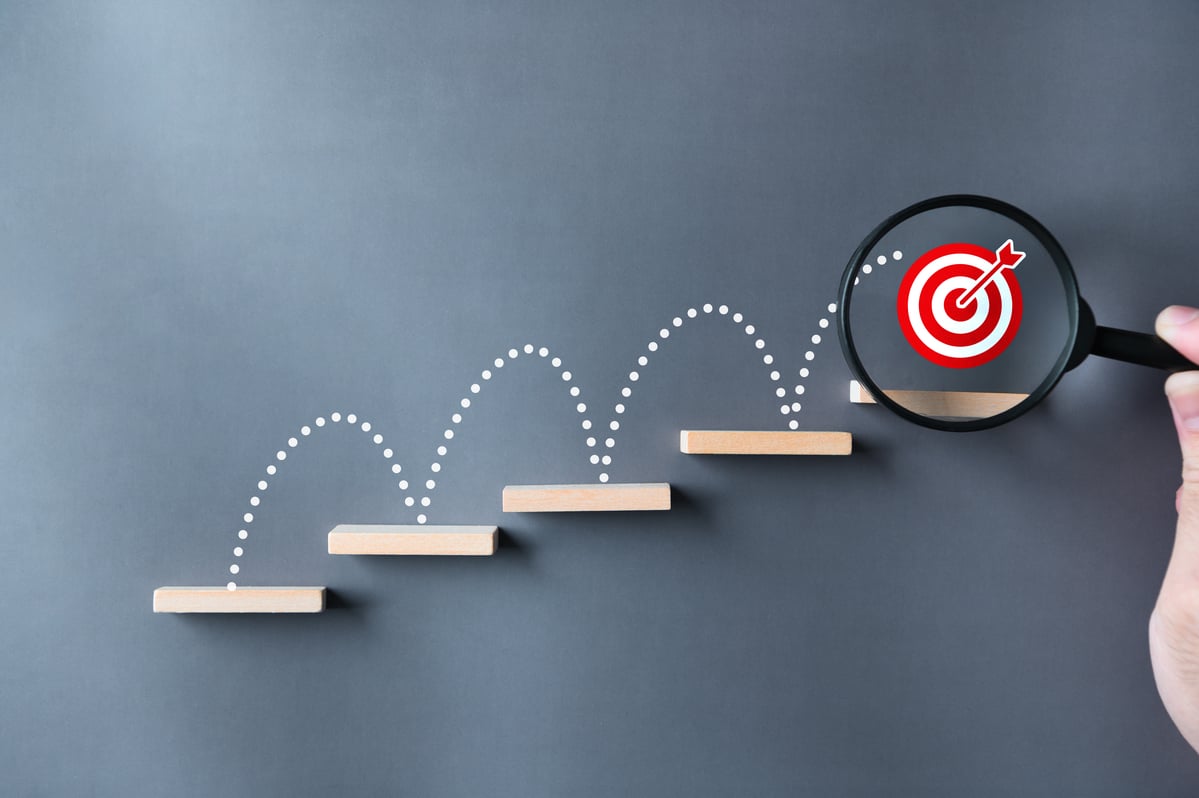Starbucks (SBUX +0.14%) is one of the stock market's biggest long-term success stories, with shares up 17,000% since its 1992 initial public offering. In just the last five years, annual revenue has improved to $23 billion from $14 billion as its volume of customers served jumped to 100 million per week from 66 million.
Yet after an unusually soft holiday season, the coffee giant is at risk of missing management's growth targets for the second straight fiscal year. Notably, customer traffic has stalled in the core U.S. market, especially during the valuable afternoon and evening hours.

Image source: Getty Images.
Against that backdrop, executives held their annual shareholders' meeting last week, during which they reaffirmed their commitment to boosting sales by between 3% and 5% at existing locations while improving earnings at a 12% pace, or better. Here are the three biggest reasons the company is so optimistic about its future.
China
Starbucks' China segment was a bright spot in its latest earnings report. Sales jumped 6% there -- three times the expansion pace in the U.S. division -- thanks to a 6% increase in customer traffic. That success adds weight to management's claim that they've "cracked the code" on a market that has been challenging for many other Western brands.
China's middle class is projected to double to 600 million between this year and 2022. Meanwhile, per-capita coffee consumption has loads of room to expand beyond its current 0.4 toward the 300 cups that Americans drink each year. Statistics like these give Starbucks confidence to predict opening 1,800 stores in the country over the next three years, to pass 5,000 locations by 2021.
Experience upgrades
There are currently over 60 million U.S. customers who frequent Starbucks chains each month but aren't members of the retailer's rewards program. Executives see a big opportunity there to strengthen the digital relationship with those coffee fans, starting with allowing them to participate in mobile ordering and payment.
The company classifies its Starbucks Reserve program as another big way it can elevate the coffee shopping experience. These premium locations act as a halo to the core business and over time, reserve roasteries will account for as much as 20% of its store portfolio.
Food and cold drinks
Starbucks' most immediate challenge is improving its growth pace in the core U.S. business, which expanded at just a 2% rate in the past quarter to drag overall growth below management's goal of between 3% and 5%. Executives said cold drinks like its new nitro platform introduction will play a big role in that turnaround, and that's why the company aims to have nitro taps installed in 4,000 stores by the end of this year.

Image source: Getty Images.
Food sales should help, too, with an expanded lunch menu projected to contribute to doubling annual food revenue by 2021. Food hit an all-time high of 20% of the business in fiscal 2017 and ticked up to another record 21% in the most recent quarter.
Investors won't have to wait long to learn whether these initiatives are working. Nitro taps and expanded food menus are rolling out to U.S. stores now, which should help customer traffic begin rising outside of Starbucks' core breakfast hours.
Pushing comps back up to 3% or better would be a necessary step for the company to at least match last year's modest growth pace. From there, it's possible Starbucks can begin targeting gains that are closer to the 5% to 7% growth it managed in fiscal 2013 through fiscal 2016.






